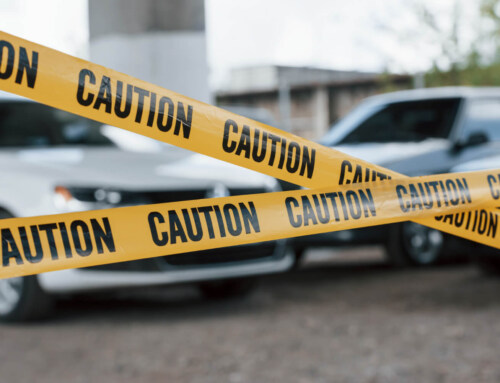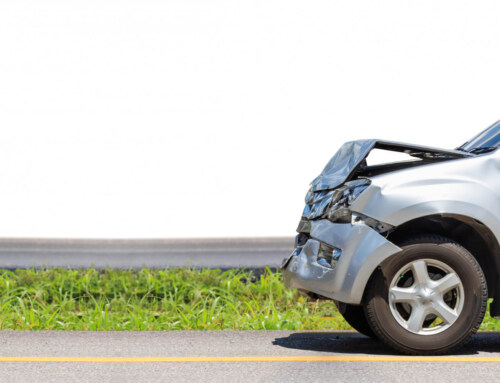One unfortunate side effect of vehicle aging is the peeling of a once-perfect paint job. Fortunately, new painting technology prevents most peeling paint problems on newer vehicles. However, older classic cars from the 1960’s to the 1990’s are still vulnerable to the threat of peeling paint due to their age.
Our cars are one of the most dependable companions with whom we spend a significant amount of time in our daily lives. As a result, it is our responsibility to take care of it to the best of our ability. To fully understand how these car paint issues arise, we must first understand the basic car painting process and its stages.
Car Painting in a Nutshell
The process of painting a car consists of several stages. It starts with preparing the surface and ends with touching up the finishing layer. In the car painting process, the three layers of paint line up as follows:
- Undercoat
- Base Coat
- Clear Coat
The undercoat, also known as primer, is the first and most important paint layer. The undercoat prepares the surface so that the subsequent coats can provide the necessary grip. This primary layer also protects the surface from other material damages caused by atmospheric reactions.
The base coat is then applied over the primer and gives the car its true color. It could be metallic, solid, or pearlescent colors in general. The final coat is the clear coat, which adds a glossy finish. This is, in fact, a protective coat that covers the vehicle’s distinctive color and prevents UV rays from damaging the paint.
Car paint peeling, also known as 0″paint delamination”, occurs when one of the underlying layers loses adhesion to the surface beneath it and comes undone. The absence of adhesion leads the area around the damaged region to peel back as the clear coat deteriorates and wears away, starting a chain reaction that demands quick repair.
What Causes Car Paint to Peel?
Nothing lasts forever, and your paint job is no exception. Paint seal breaks, prolonged sun exposure, particularly UV radiation, will eventually deteriorate and break down any type of plastic. The plastic will fade, discolor, dry out, and become brittle over time, but rest assured that they won’t happen without any tell-tale signs . The most common causes of paint peeling or delamination are listed below.
Exposure to the elements
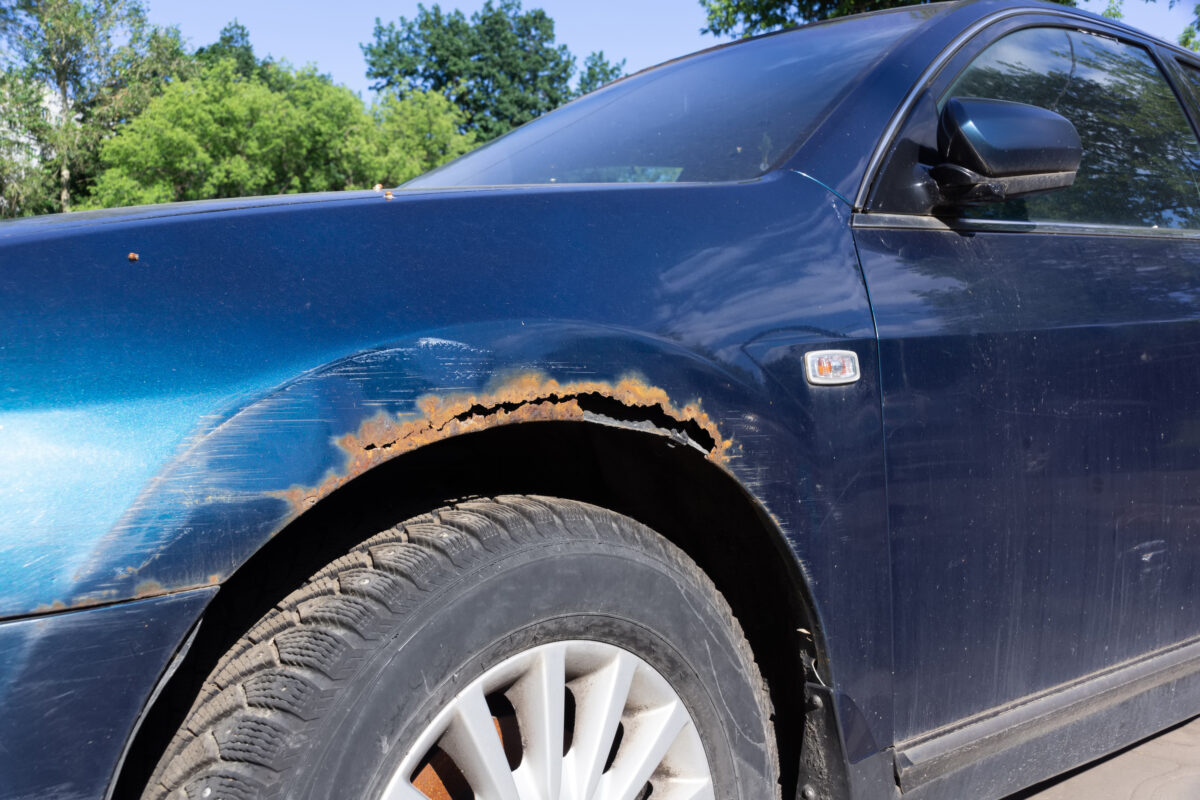
Long-term exposure to harsh weather is a common cause of paint delamination, especially when a wintry mix is the main suspect. Extremely cold weather has been known to cause brittleness in older vehicles, and straight-line winter winds are notorious for slinging all manner of abrasive debris up against body panels.
Oxidation, which frequently results in paint delamination, is usually the result of prolonged exposure to UV rays, which is another sign of extreme weather. As the sun’s harmful rays begin to penetrate the car’s exterior, the protective layer begins to harden, or dry out, and then begins to flake away as it lifts from the surface.
Car dings and breaks
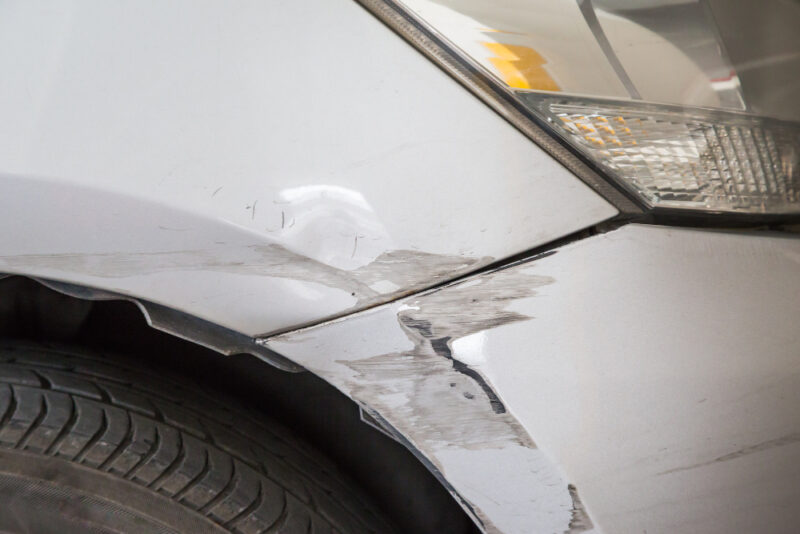
Another common reason of paint peeling is a deep rock chip, ding, or scratch that compromises the clear coat, base coat, and primer seal. Once that occurs, moisture, road salt, wind debris, and other contaminants begin working their way through the coatings, starting the delamination process. When the area is subjected to extra external forces such as high-pressure washing or intense sunshine, even a minor chip in the paint job can permit major paint stripping.
In addition to visible peeling on the surface of your paint, rust can build on the underlying metal, compromising its structural integrity. Furthermore, the presence of paint peeling and rust significantly reduces the curb appeal and resale value of your vehicle!
Learn more on how to remedy this in our article on paintless dent repair and find out how you can prevent these kinds of damages before it’s too late.
Large scale manufacturing defects
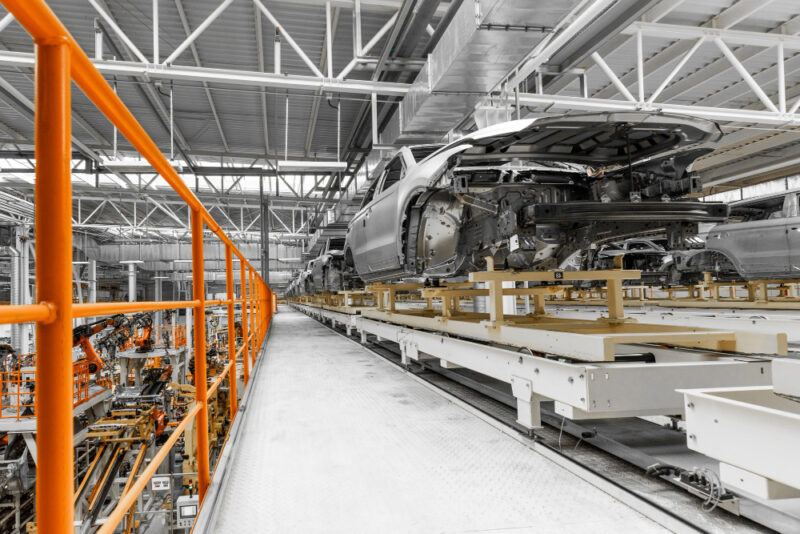
In some cases, even the manufacturers get it wrong: Hondas from 1996 to 2013 and GM vehicles from the 1980’s to the late 1990’s are notorious for having cases of paint delamination after a few years of use. Despite the fact that manufacturers have largely automated their painting facilities, an incorrect strategy can result in a lack of adhesion between the various coats and, as a result, premature paint failure.
This issue may also arise from second-hand vehicles that were inadequately repainted as they passed from owner to owner. Poor paint preparation and application can cause one or more of the paint layers, such as the primer, base coat, and clear coat, to come undone, resulting in peeling paint.
How Can I Prevent Paint Delamination?
The simplest solution is to protect your car from the elements, especially if you live in a country that experiences inclement weather. Apply a coat of wax or polymer paint sealer twice a year; it will not be 100% effective, but it will help protect your paint job from environmental toxins, dirt, and other debris.
Paint protection film, on the other hand, will provide additional protection for your clear coat from elements such as stone and rock chips, sand, and bad weather, all of which contribute significantly to premature car paint peeling. Please keep in mind that applying paint protection film is a job best left to the pros. If done incorrectly, it can cause significant damage to the paint.
Another thing to keep in mind when cleaning your car is that if you run out of car cleaning products, you should not substitute detergents, such as harsh soaps or other household cleaning solutions. These products typically contain chemicals that are extremely damaging to the paint coats on your car.
Furthermore, avoid using automated car washes because the vast majority of them use generic low-quality products and extremely abrasive power washing, which may appear to clean the car’s exterior well but only accelerates the rate at which your clear coat peels.
Can I repair peeling paint?

If the clear coat appears to require more than just a dash of polishing compound and paint correction, it is advisable that owners put DIY methods off the table, and turn toward an auto body repair specialist. Repairing or replacing this transparent protective paint layer without the help of a professional usually requires a great deal of caution and knowledge of the subject.
Anchor Auto Body provides a wide range of services for auto paint repair and restoration, such as repairing paint delamination, paintless dent repair, and custom paint jobs. Furthermore, we also offer various paint protection options to ensure that your car’s paint stays pristine and resilient from whatever damage they sustain. Gary M. has this to say:
“Fixed my bright orange Fiat 500e and detailed the outside and inside so it looks new. They repaired some damage where they could have ordered new parts, saving on cost. And the quality of the work was top notch and completed in half of their time estimate. Everyone I interacted with was pleasant, intelligent, and treated me with respect. The waiting room is nice and clean with TV and WiFi. I would definitely use them again (but hope I don’t have to).”
Your car’s paint is not only how the rest of the world perceives it aesthetically, but it also reflects an owner’s dedication to the care and maintenance of such an important machine. Visit our services today to learn more about how to keep your vehicle in pristine condition!\
Learn about Paintless Dent Repair myths in our previous blog. Click here.



